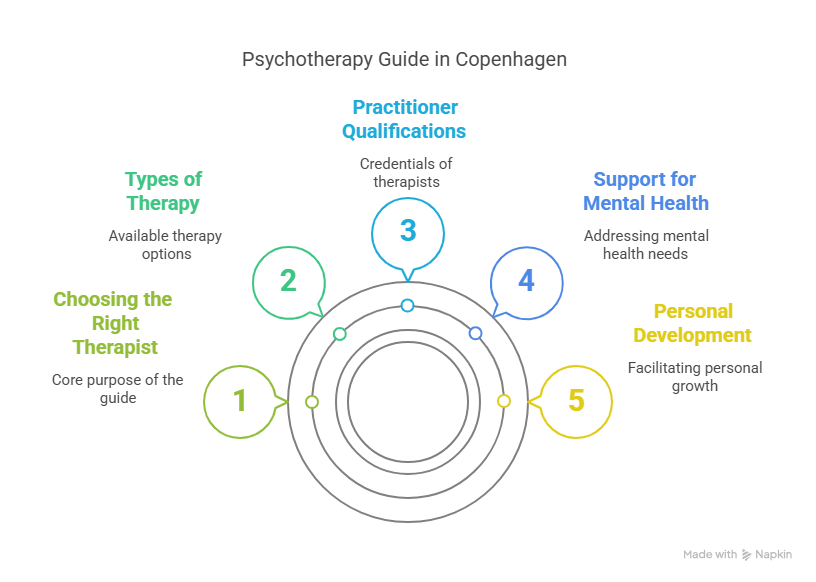Kink Fantasies in the Modern World: How Desire Evolves in an Open Society

Kink fantasies are sexual or sensual scenarios that step outside traditional norms.
They might involve bondage, role-switching, sensation play, or other imaginative dynamics. Unlike a fetish, which is a sexual fixation on a specific object, body part, or material, kink is broader and focuses on activities or relationship styles.
BDSM an umbrella term for bondage, discipline, dominance, submission, sadism, and masochism is one of the most recognized areas where these fantasies live. People of all sexual orientations, from straight to LGBTQ+, explore kink in ways that suit their identities and comfort levels. Some fantasies remain in the mind, while others are shared and acted out with trusted partners.
Which Kink Fantasies Are Most Common Today?
Studies from institutions like the Kinsey Institute and national sex surveys reveal that kink is far from rare. Many participants report interest in bondage, power play, role-play, and sensation-based activities. Some enjoy the feel and look of a male bondage harness as part of their scenes, while others prefer the psychological intensity of a control-based role-play.
Generational differences also influence how fantasies take shape. Younger adults often blend kink with technology using webcams, interactive toys, or virtual reality while older participants may favor in-person play rooted in established community spaces.
How Has Society Changed Kink Expression?
Not long ago, kink culture existed mostly in underground spaces, whispered about rather than openly discussed. In recent decades, sexual liberation movements, advances in LGBTQ+ rights, and the growth of online communities have transformed that landscape.
The internet in particular has played a major role. Forums, chat groups, and dating apps allow people to find others who share their interests without fear of judgment. Media representation, from mainstream films to streaming series, has brought elements of BDSM and alternative sexuality into everyday conversation.
While acceptance varies across cultures, many adults today feel freer to explore their desires openly, provided they respect consent and boundaries.
Why Do People Explore Kink?
The reasons are as varied as the people involved. For some, kink offers a deep emotional connection, allowing vulnerability and trust to develop in ways everyday life may not allow. Others see it as a form of self-expression, a way to embrace identities or desires they keep hidden in public life.
There’s also the psychological appeal the adrenaline rush of the taboo, the heightened sensations, the thrill of role reversal. For certain individuals, kink even has a therapeutic effect, helping to release stress or work through past sexual shame.
At the center of it all is communication. Negotiating boundaries and expectations is part of the culture, and that process itself can strengthen trust between partners.
How to Explore Kink Safely in the Modern World
Kink can involve physical, emotional, and psychological intensity, so safety matters. Two widely respected frameworks guide responsible play: Safe, Sane, and Consensual (SSC) and Risk-Aware Consensual Kink (RACK).
Exploring safely means talking openly about desires, limits, and safe words before a scene begins. Some players incorporate gear like a BDSM muzzle for sensory restriction or role-play enhancement, but always with careful negotiation and consent. It means starting at a comfortable pace, using equipment designed for its purpose, and staying aware of both partners’ physical and emotional states. Many people also find it helpful to connect with trusted communities local meetups known as “munches,” kink-friendly social events, or vetted online groups to learn from experienced participants.
Safety in kink is not about removing all risk; it’s about understanding it and making informed, consensual choices.
Future of Kink Fantasies
Kink appears to be moving further into mainstream awareness. Technology is shaping the next wave, from teledildonics that allow remote partners to connect physically to immersive VR environments that bring fantasies to life. Education around consent is becoming more widespread, and conversations about inclusivity ensure that gender-diverse and neurodiverse individuals feel welcome in kink spaces.
In some circles, fetish fashion items like a mens leather jockstrap are being embraced not only as erotic gear but also as expressions of personal style. At the same time, privacy concerns, legal restrictions, and cultural taboos still pose challenges. The balance between open expression and personal safety will likely remain central as kink culture continues to evolve.
Conclusion
Kink fantasies are as diverse as the people who imagine them, and the modern world offers more space than ever to explore them safely and consensually. With growing acceptance, better education, and evolving technology, the possibilities for self-expression and connection continue to expand. For those curious about kink, the key is to approach it with respect, communication, and a willingness to learn.








